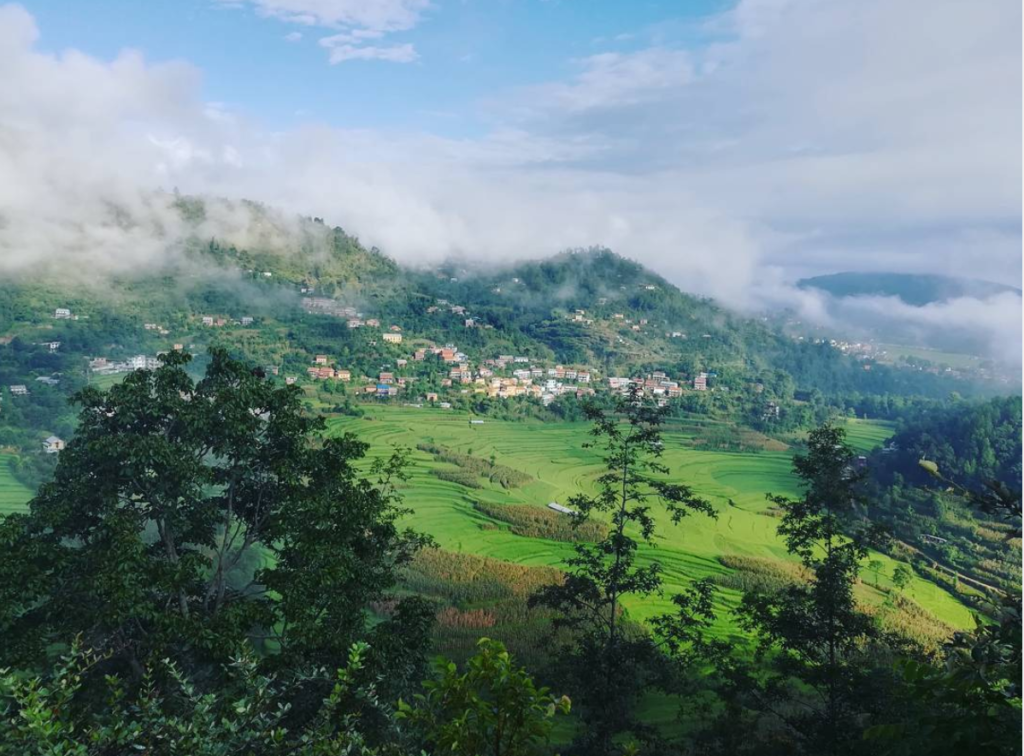Regan Sapkota,
It was only February when we were in Udayapur district amid my research work to celebrate World Pangolin Day, 2020. As a pangolin researcher, I was pleased to find people across this rural, forested place to be very enthusiastic to help conserve their local pangolin population, part of growing efforts to protect this critically endangered species. With the local people willing to volunteer their time at the frontline of conservation, we even succeed in forming the district’s first village-level Pangolin Conservation Committee. Unfortunately, through sad coincidence, that same district later emerged as the hotspot for the COVID-19 outbreak in Nepal.

Scientists around the world are working to unravel the origin of this zoonotic virus. There is a significant consensus that the virus likely originated in bats, which spread the disease to other species via markets that illegally sell wildlife in China. This may have included spread to pangolins, which may have served as the carriers of the virus before spreading into humans.
Even though pangolin as an intermediate host has been a doubt but the news about it might pass some terror among the people and this possibly could change their perspective toward this species. The stigma of taking pangolin sight as bad luck is already threatening the pangolin population in many local communities in Nepal. Pangolins were already on the verge of extinction due to massive trade and habitat degradation. Could the terror of its suspected causative relation to the pandemic threaten future conservation?
The relationship between pangolins and COVID19 could result in (at least) three outcomes for their conservation. In one, fear could mean that people fail to appreciate this unique species in their forests, farmlands, and communities. Considering the current state of panic, it won’t be any surprise if some people start to perceive pangolin species as a threat. (In fact, they would present zero threat to humans unless people intentionally come into contact with them.) Such fear could mean that some people seek to remove pangolin from their areas, which might lead to disastrous conservation impacts.
In another scenario, fear might mean that people choose to stay away from pangolin–both reducing poaching and halting consumption. People believe such changes to demand and supply would deliver better conservation outcomes. The fear of zoonosis could encourage people to take further actions to avoid human-wildlife contact by actions to actively reduce illegal wildlife trade, protecting wildlife in their habitat.
In yet another scenario, the COVID-19 lockdown resulting in economic hardship and migration back to the rural pangolin habitats become a perfect platform for poachers. There is evidence that some are using this time escaping the eyes of concerned authorities to hunt illegally. They might also take the opportunity to lure local people, particularly those whose livelihoods are currently affected, into helping them in illegal poaching. Previous research has shown that many small-scale poachers in Nepal often have limited understanding regarding the legal punishments for illegal wildlife trade, which can include fines of up to Rs 1 million and 15 years of imprisonment.
Whatever the scenario, conservation of pangolins is uncertain, and is tightly bound to how people perceive the species. Pangolins are found mostly outside the protected areas in Nepal, and often share habitat with humans and hence it can’t thrive the fear/hatred from people. And if we are aiming for its long-term conservation, people and pangolins need to be living together in love and harmony. This is possible if information about this species is clear and if any emerging fear is mitigated.
Under the current state of uncertainty and panic, it is to share timely, accurate messages about zoonosis and conservation. Relevant governmental entities like the Ministry of Forest and Environment, media, conservationists should come to the front and help sensitize people about the realities, including that if we maintain distance from these species its zoonosis will cause us no harm. A clear message on its linkage to COVID-19 should be disseminated to the general public to control uncertainty. To control the risks of possible harm to conservation as a result of COVID-19, it is also important to continue highlighting messages about the benefits of biodiversity – and specifically pangolins and bats – to controlling insect populations, balancing the ecosystem, and potential tourism.
The conservation messages also need to highlight that the global wildlife trade routes and markets should be strictly regulated to ensure public health, high welfare standards, legality, and sustainability. Countries like China and Vietnam are also sending a strong message to the world by regulating the consumption of animals taken from the wild, including pangolins that others should follow.
For the benefit of both people and pangolins, we need to communicate not only the right policies but also the correct messages to the public, including about the need for conservation as a strategy to maintain social distancing between humans and protected wild animals.
(This was originally published in Setopati)